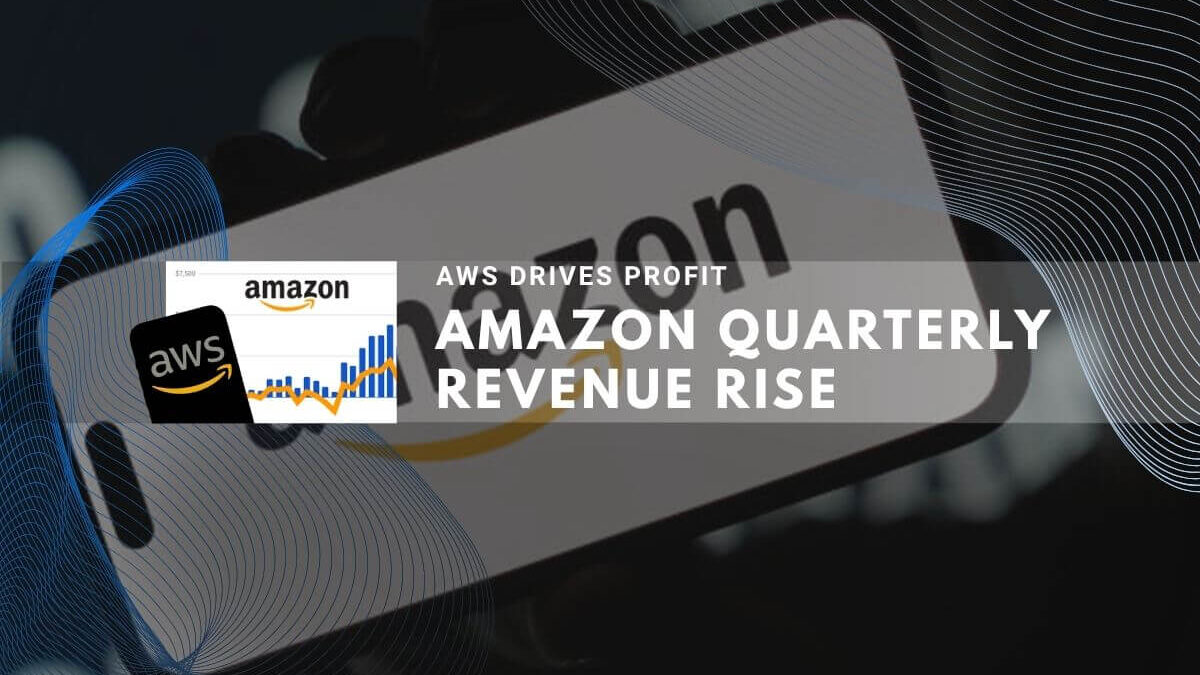Amazon reported $180.2 billion in Q3 2025 revenue, up 12% year-over-year excluding foreign exchange. Net income reached $21.2 billion, boosted by a $9.5 billion pre-tax Anthropic investment gain. AWS revenue climbed $33 billion, marking 20.2% growth, the fastest pace since 2022.[1][2][3][4][5]
AWS Cloud Division Reaches 20 Percent Growth Rate
AWS operating income grew to $11.4 billion, up 9% year-over-year. Operating margins compressed to 34.6% from 38.1%, reflecting intentional data center investments and higher power costs. AWS backlog reached $200 billion in committed customer contracts.[6][7][8]
Key AWS developments:
- 3.8 gigawatts of power capacity added in past twelve months[9]
- Trainium2 custom AI chip fully subscribed with 150% quarter-over-quarter growth[10]
- Project Rainier data center scaling to 1 million Trainium2 chips by year-end[11]
- Trainium3 delivering 40% performance gains over Trainium2, previewing year-end 2025[12]
Read More: Amazon teams up with nearby university to create AI research hub
Operating Income Reflects Special Charges and Strategic Investments
Reported operating income totaled $17.4 billion, including $2.5 billion FTC settlement and $1.8 billion severance costs. Excluding these charges, adjusted operating income reached $21.7 billion, up 24.6% year-over-year. North America segment operating income of $4.8 billion excluded $2.5 billion FTC charge; adjusted figure: $7.3 billion. International segment operating income totaled $1.2 billion with 2.9% margins.[13][14][15][16]
Retail Segments Demonstrate Consistent Growth Momentum
| Segment | Q3 Revenue | YoY Growth | Details |
|---|---|---|---|
| North America | $106.3B | +11% | FTC charge excluded from analysis |
| International | $40.9B | +10% | Excluding FX headwinds |
| Advertising | $17.7B | +22% | Third consecutive quarter acceleration |
| Third-party GMV | 62% share | +200 bps | Marketplace expansion continues |
Same-day perishable grocery delivery expanded to 1,000+ U.S. cities with 2,300+ communities targeted by year-end. Rufus AI shopping assistant reached 250 million active users, improving purchase completion by 60%. Over 1 million robots operate in fulfillment networks, enhancing safety and productivity.[17][18][19]
Capital Expenditure Guidance Reflects AI Infrastructure Priorities
Full-year 2025 CapEx guidance raised to $125 billion from $118 billion. Q3 spending reached $34.2 billion with $89.9 billion year-to-date deployment. Primary uses include data center capacity, custom silicon, and AI service development.[20][21][22]
You may like: Amazon expands Amazon Now service
Forward Guidance and Organizational Changes Clarified
Q4 2025 guidance projects $206–$213 billion revenue, representing 10–13% year-over-year growth. Operating income expected between $21–$26 billion. Amazon eliminated 14,000 corporate roles, representing 4% of ~350,000 corporate workforce. Total employment at 1.578 million reflects net growth despite corporate cuts.[23][24][25][26]
